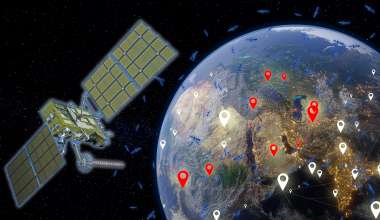Analysts say the most worrisome debris cloud stems from Fengyun 1C, a weather satellite that the Chinese government intentionally destroyed with a missile in 2007. The high-altitude explosion created an estimated 3,500 pieces of debris, according to records maintained by the U.S. Space Force; most of them are still in orbit. They get slightly closer to the atmosphere with each pass, but an analysis shortly after the event predicted it would take more than 100 years for the debris to hit the atmosphere and largely burn up.
“A decade and a half later, they’re still seeing problems because the stuff just keeps raining down,” said Marlon Sorge, executive director of the nonprofit Aerospace Corp.’s center for orbital and reentry debris studies.
Read the full story on The Washington Post.


